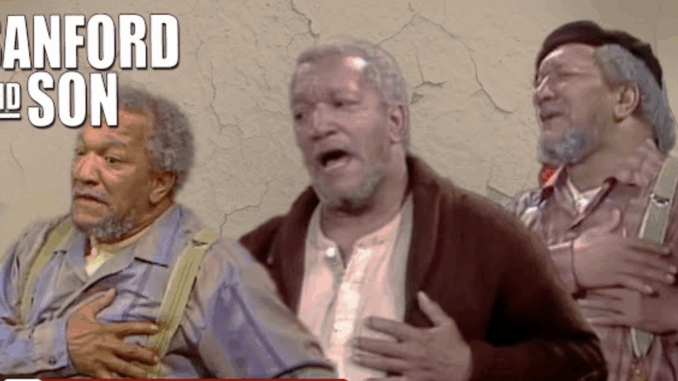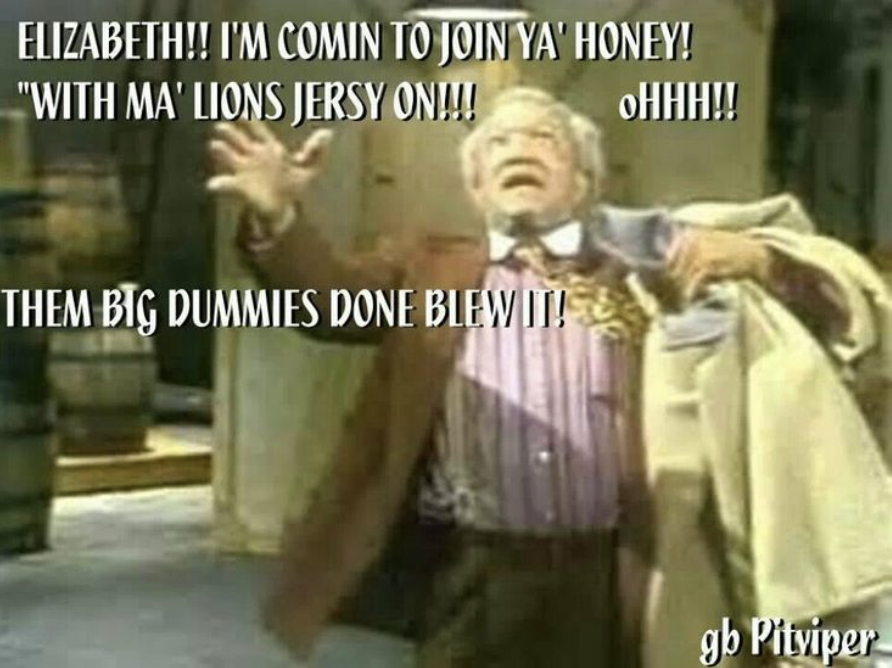
For a generation, the cry of “Oh, my heart! I’m coming, Elizabeth!” was an instantly recognizable and hilarious signal that Fred Sanford was up to his usual dramatic antics. Sanford and Son, the groundbreaking sitcom that graced television screens in the 1970s, left an indelible mark on American culture, not just for its comedic brilliance but also for its portrayal of a Black family with both humor and humanity.
At its core, Sanford and Son was a masterclass in comedic chemistry. Redd Foxx’s portrayal of the irascible, scheming, and often hilariously stubborn junk dealer Fred Sanford was legendary. His comedic timing, facial expressions, and the sheer force of his personality made Fred a character you couldn’t help but laugh at, even when he was at his most exasperating. Demond Wilson’s Lamont provided the perfect counterpoint, the pragmatic and often exasperated son dreaming of a life beyond the junkyard, constantly battling his father’s antics with a mix of exasperation and underlying affection.
The brilliance of the show lay in its ability to mine humor from everyday situations and the often-turbulent relationship between a father and son. Whether Fred was faking a heart attack to get his way, hatching get-rich-quick schemes that inevitably backfired, or trading barbs with his sharp-tongued sister-in-law, Aunt Esther (played with unforgettable gusto by LaWanda Page), the laughs were always plentiful.
However, Sanford and Son was more than just a laugh track. Set in the Watts neighborhood of Los Angeles, the show offered a glimpse into the lives of a working-class Black family, navigating the challenges and triumphs of daily life. While the humor was central, the show didn’t shy away from touching upon issues relevant to the time, albeit often with a comedic lens. Themes of aging, poverty, race, and family dynamics were woven into the storylines, adding a layer of depth beneath the surface of the comedy.
The supporting cast enriched the world of Sanford and Son immeasurably. Whitman Mayo’s lovable but often dim-witted Grady, Nathaniel Taylor’s smooth-talking Rollo, and Don Bexley’s Bubba all contributed to the show’s vibrant and memorable ensemble.

Sanford and Son broke ground by featuring a predominantly Black cast in a primetime slot, achieving mainstream success and paving the way for more diverse representation on television. It proved that stories centered around Black families could resonate with a wide audience, and its influence can be seen in the sitcoms that followed.
Even today, the show’s humor remains timeless. Fred Sanford’s outrageous pronouncements and Lamont’s weary reactions continue to elicit laughter. The dynamic between the two leads, the colorful supporting characters, and the show’s unique blend of comedy and heart have cemented Sanford and Son‘s place as a true classic of American television. It’s a show that reminds us that even amidst life’s challenges, there’s always room for laughter and the enduring bond of family, no matter how exasperating they might be.
